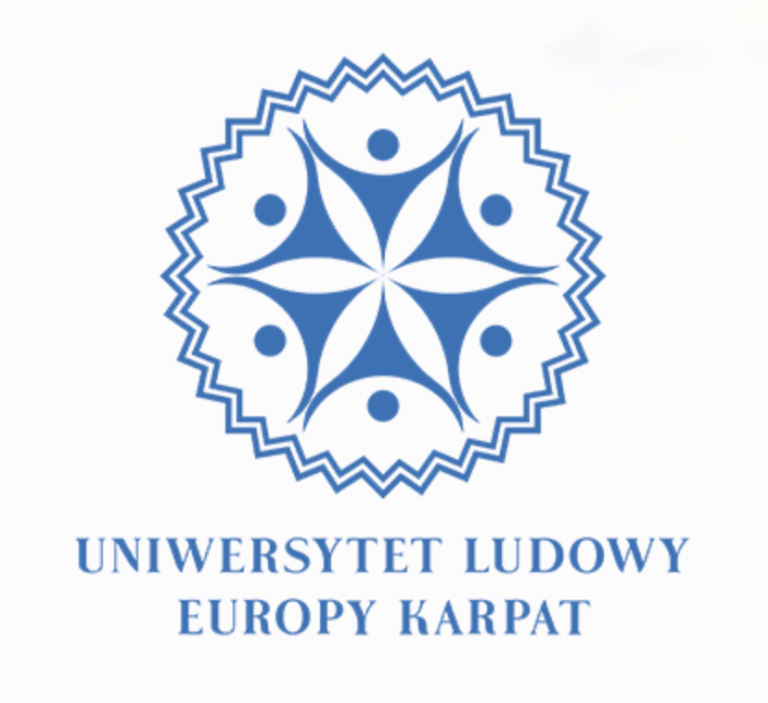
/
Memorandum karpackie, 8 września 2011 roku
Karpaty stanowią ważną część regionalnego bogactwa Europy. Jest to obszar o ogromnych zasobach społecznych, kulturowych i przyrodniczych, a jednocześnie jeden z najbiedniejszych i najmniej dostrzeganych regionów, wymagający skoordynowanego wsparcia w ramach polityki europejskiej.
Karpaty mają kilka ważnych atutów. Po pierwsze łączą one, ponad obecnymi granicami Unii, tereny o strategicznym znaczeniu – od samego rdzenia Europy Środkowej: Polski, Czech, Słowacji, Węgier, przez Ukrainę, po Bałkany wraz z Rumunią i Serbią. Po drugie stanowią one unikatowy zasób środowiska naturalnego, będąc „zielonym kręgosłupem” Europy Środkowej i Wschodniej. Po trzecie jest to region ważny kulturowo i społecznie, który zamieszkuje blisko 20 milionów osób.
Karpaty to także obszar problemowy. Do podstawowych jego słabości należą braki infrastrukturalne, zarówno w zakresie transportu jak i bezpieczeństwa środowiskowego, brak należytej staranności o zrównoważony rozwój, problemy społeczne, w tym obszary wysokiego bezrobocia. Jeśli nie podejmiemy skoordynowanych działań rozwojowych, ekonomiczne i społeczne problemy regionu karpackiego będą narastały. Dlatego uważamy, że należy połączyć wysiłki państw, Unii Europejskiej i poszczególnych władz regionalnych w celu wypracowania wspólnej strategii dla Karpat, która wykorzystując atuty tego obszaru pozwoliłaby przezwyciężyć jego słabości.
Strategia taka, na wzór Strategii dla Morza Bałtyckiego i Strategii Dunajskiej powinna przede wszystkich oprzeć się na synergii pomiędzy istniejącymi już inicjatywami i działaniami podejmowanymi w tym regionie i tym samym stanowić wartość dodaną nie powodując tworzenia nowych struktur, regulacji czy instytucji.
Chcemy w sposób skoordynowany zabiegać o finansowanie działań na obszarze Karpat, tak by środki – szczególnie pozyskane z budżetu wspólnotowego – nie rozpraszały się, lecz były strategicznie ukierunkowane na wspólne projekty karpackie. Mechanizm nakierowany na finansowanie wspólnych działań służących zrównoważonemu rozwojowi Karpat mógłby powstać w oparciu o wzorce dostarczone zarówno przez obecne unijne makroregionalne strategie rozwoju jak i przez inicjatywy takie jak europejski program „Przestrzeń Alpejska” (Alpine Space).
Ilość istniejących już dobrych praktyk i inicjatyw w regionie Karpat, przekonuje nas, że – przy odpowiednio opracowanej strategii – możemy w stosunkowo krótkim czasie osiągnąć pożądane, konkretne efekty nowej inicjatywy, czy to w zakresie współpracy akademickiej („Uniwersytet Karpacki”), środowiskowej, infrastrukturalnej czy międzyregionalnego projektu „Horyzont Karpacki”.
Współpraca taka będzie służyć w szczególności zacieśnianiu więzi między państwami członkowskimi UE a Ukrainą, przyczyniając się do szybszej integracji tego kraju do struktur europejskich. Pierwszym krokiem, który mógłby symbolicznie, ale i praktycznie zaświadczyć o zaangażowaniu polityki europejskiej w region Karpat, byłoby przystąpienie Unii Europejskiej, jako strony, do Konwencji Karpackiej, której sygnatariuszami są obecnie pojedyncze państwa. Unia, uzyskawszy na mocy Traktatu z Lizbony taką zdolność powinna z niej korzystać właśnie w tego typu inicjatywach.
Naszym wspólnym celem jest powstanie nowej europejskiej makroregionalnej strategii rozwojowej już w ramach przyszłych ram finansowych na lata 2014–2020. Jest to możliwe, przy wsparciu głównych aktorów polityki europejskiej, zarówno na poziomie państw kolejnych prezydencji jak i Komisji i Parlamentu Europejskiego.
Apelujemy o takie zaangażowanie. Karpaty warte są europejskiej strategii.
Carpathian Memorandum, 8 September 2011.
The Carpathian Mountains are a very important part of the European regional richness. This area full of social, cultural and natural resources, is at the same time one of the poorest and least noticed regions, requiring coordinated support within European policy.
The Carpathians have multiple important assets.
Firstly, they connect areas of high strategic value; from the core of Central Europe: Poland, Czechia, Slovakia, Hungary, through Ukraine, to the Balkans, Romania and Serbia. Secondly, they are a unique resource of a natural environment, being a „green spine” of Central and Eastern Europe. Thirdly, the Carpathians are important in terms of cultural and social heritage, currently inhabited by 20 million residents.
The Carpathians is also a problematic area. Among its fundamental weaknesses, there are infrastructural deficiencies, concerning transport and environmental safety, a lack of proper care for sustainable development and social issues, which include areas of high level of unemployment. Unless we undertake coordinated development actions, the economic and social issues of the Carpathian region will only continue to build up. Therefore, we believe that the efforts of countries, the European Union and individual regional authorities should be combined to develop a common strategy for the Carpathians, which would use the strengths of this area to overcome its weaknesses.
The strategy, as in the case of the Baltic Sea Strategy and Danube Strategy, should first and foremost be based on synergies between existing initiatives and actions undertaken in the region, and thusprovide added value without creating new structures, regulations or institutions.
Our goal is to, in a coordinated way, seek to ensure the funding of the actions for the benefit of the Carpathians in such a manner that the incomes, especially those acquired from the common budget, were not squandered, but strategically directed into common Carpathian projects. The system focused on funding the common actions contributing to the development of the Carpathian region could base on patterns acquired from both present union macro-regional strategies and initiatives such as the European program „Alpine Space”.
The already existing amount of positive practices and initiatives in the carpathian region ensures us that, with a properly devised strategy, in a relatively short period we will be able to achieve the desired, concrete results of a new initiative, whether regarding the academic („Carpathian University”), environmental and infrastructural cooperation, or interregional project „Carpathian Horizon”.
Such cooperation would in particular serve to strengthen the connections between the Member States of the European Union and Ukraine, hence contributing to their faster integration into European structures. The first step that could symbolically and also practically attest to the European policy’s commitment to the Carpathian regions, would be the European Union’s accession, as a side, to the Carpathian Convention, whose signers are currently several single countries. The European Union, having obtained such a capability under the Lisbon Treaty, should use it in this type of initiatives.
Our common goal is to create a new European macro-regional development strategy as part of the future financial frameworks for the years 2014-2020. It is possible with the support of the main stakeholders in European politics, both at the level of the countries of the successive presidencies as well as the Commission and the European Parliament.
We appeal for such commitment. The Carpathians are worth a European strategy.


